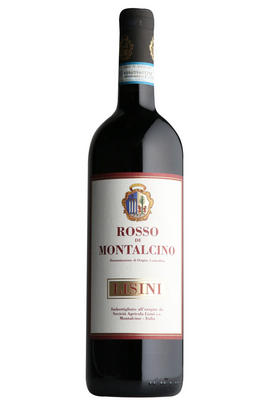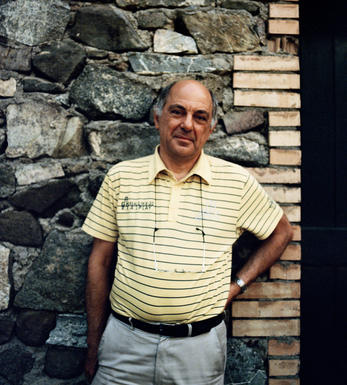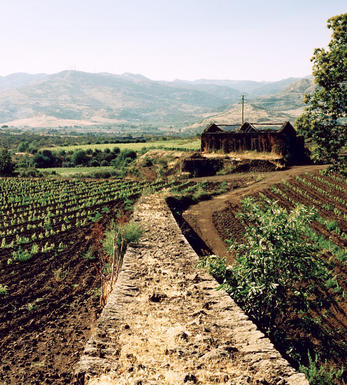
2021 Rosso di Montalcino, Lisini, Tuscany, Italy

Critics reviews
The 2021 Rosso di Montalcino opens with an herbal tinge that quickly blows off to reveal a blend of woodland berries, crushed rocks and sweet smoke. This is remarkably fresh and energetic, with masses of ripe, mineral-inflicted red fruits and spice propelled by zesty acidity. It finishes staining and long, leaving a bitter tinge, all refreshed by a bump of residual acidity.
Drink 2024 - 2030
Eric Guido, Vinous (November 2023)
About this WINE

Lisini, Tuscany
The history of Lisini dates to the time of the Medicis. This is one of Montalcino’s oldest estates, and a founding member of the Corsorzio del Vino Brunello di Montalcino. Lisini is one of the few producers in Sant’Angelo in Colle, in the south-west of Montalcino.
The proximity here to Maremma gives maritime breezes warding against summer heat, which is especially important in as hot and dry a year as 2017. Thick woodland, olive groves and wild scrubs surround the 25 hectares under vine – a rural haven of the region’s finest terroir. An ancient river system sculpted the area, and with it the complex soils in Lisini’s vineyards. Fossil laced sand, clay and iron-rich soils, paired with altitudes of 300-400 metres, all play a leading role in the unique personality of Lisini’s wines.

Rosso di Montalcino
Rosso di Montalcino is a large Tuscan DOC, to the far south of the Chianti Classico region, which has been classified since 1983.
The wines are fruity, soft, light and forward-maturing. They come from Sangiovesse vines outside the finer Brunello di Montalcino DOCG, harvested at up to 62 hl/ha, or from declassified Brunello fruit (often from young vines) in which case the yield must be the same as Brunello wines, at 55 hl/ha.

Sangiovese
A black grape widely grown in Central Italy and the main component of Chianti and Vino Nobile di Montepulciano as well as being the sole permitted grape for the famed Brunello di Montalcino.
It is a high yielding, late ripening grape that performs best on well-drained calcareous soils on south-facing hillsides. For years it was blighted by poor clonal selection and massive overcropping - however since the 1980s the quality of Sangiovese-based wines has rocketed upwards and they are now some of the most sought after in the world.
It produces wines with pronounced tannins and acidity, though not always with great depth of colour, and its character can vary from farmyard/leather nuances through to essence of red cherries and plums. In the 1960s the advent of Super Tuscans saw bottlings of 100% Sangiovese wines, as well as the introduction of Sangiovese/Cabernet Sauvignon blends, the most famous being Tignanello.


Buying options
Add to wishlist
Description
Lisini’s Rosso comes from the same vineyards as its Brunello, and undergoes a cool fermentation in cement that protects the bright, primary character of the wine. It then spends 12 months in Slavonian oak botti, which gives it a longer life than their San Biagio. There are flavours of fresh, crushed raspberry and wild strawberry with some herbal edges. It’s perfumed and pure, agile, and ultra expressive. It is impossible to tire of drinking this wine.
Drink 2024 - 2030
Berry Bros. & Rudd
wine at a glance
Delivery and quality guarantee